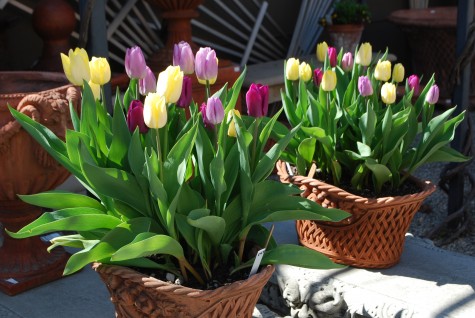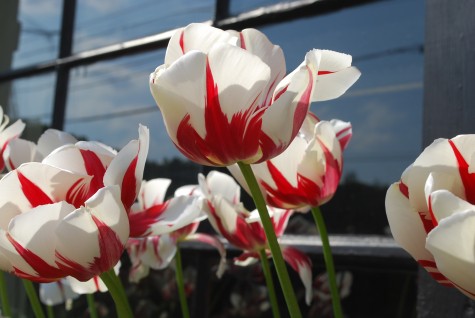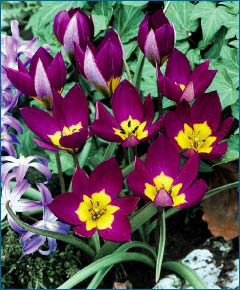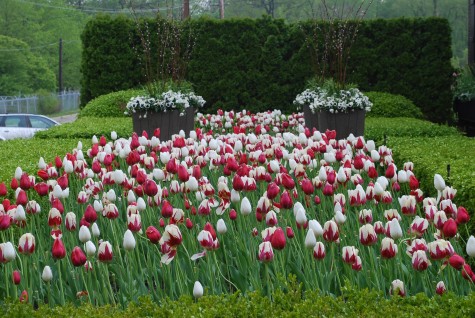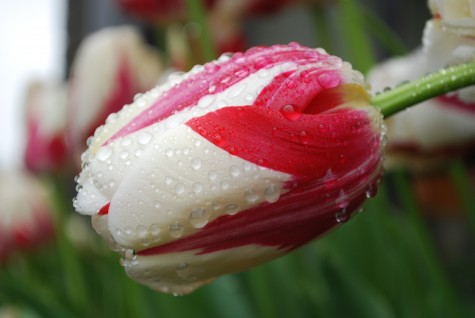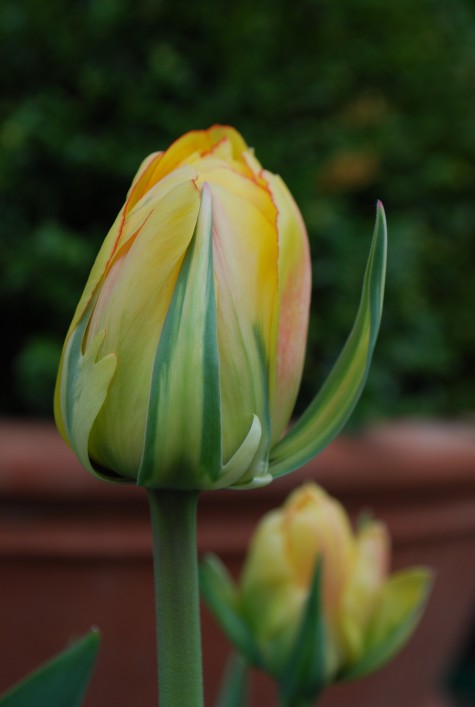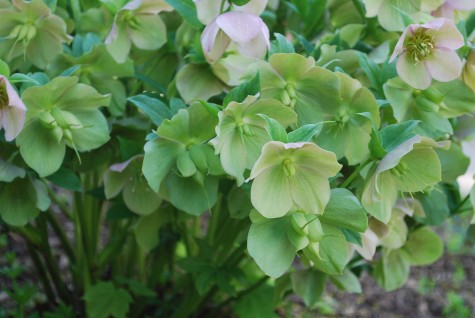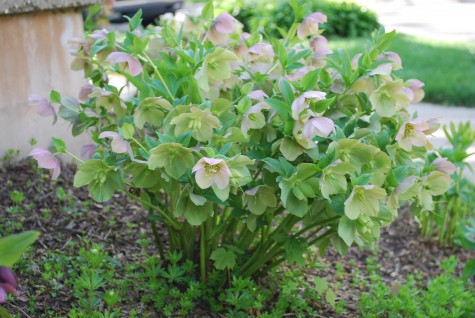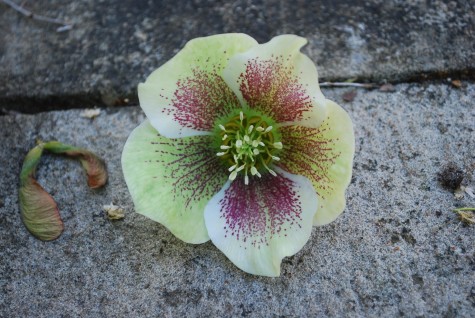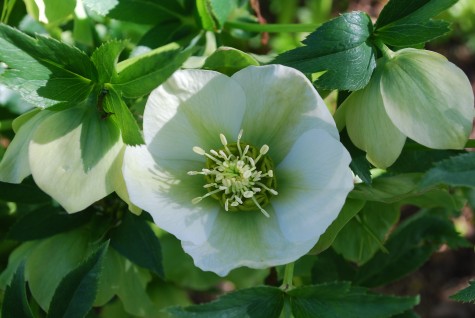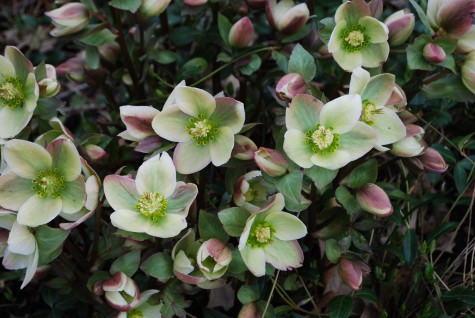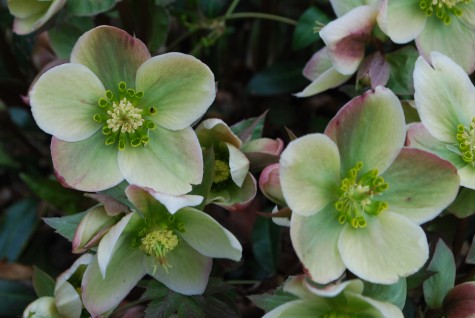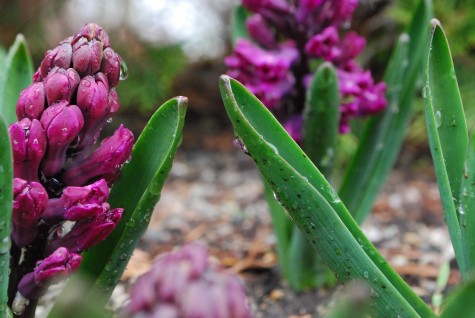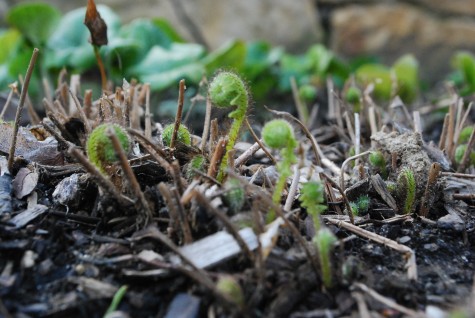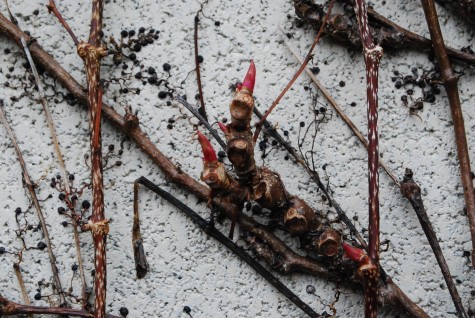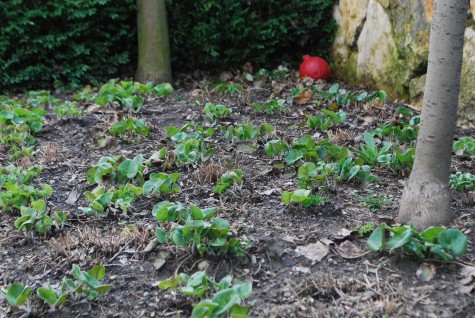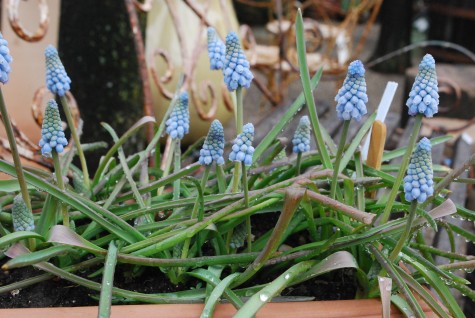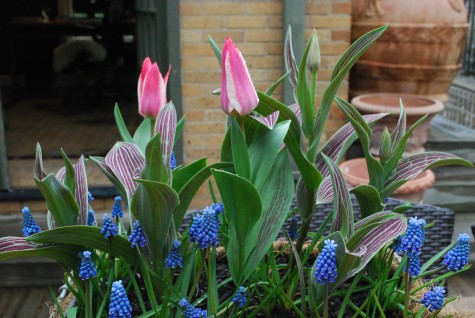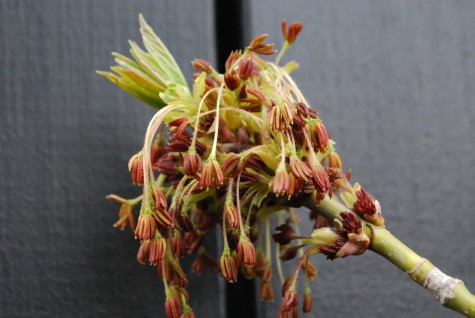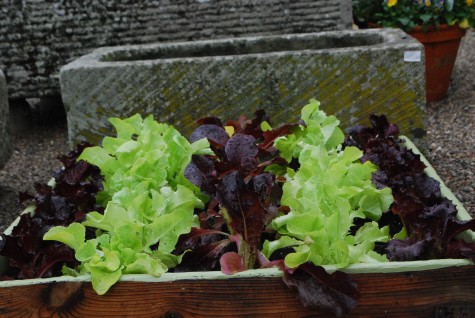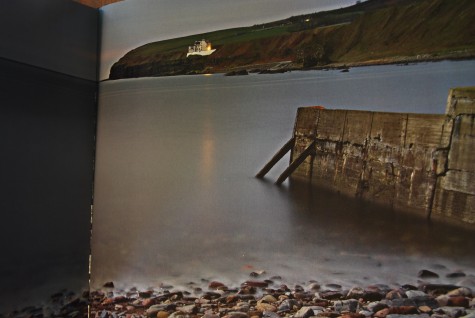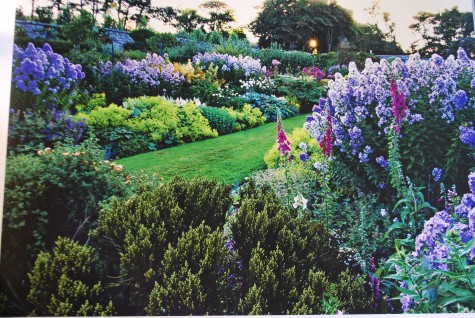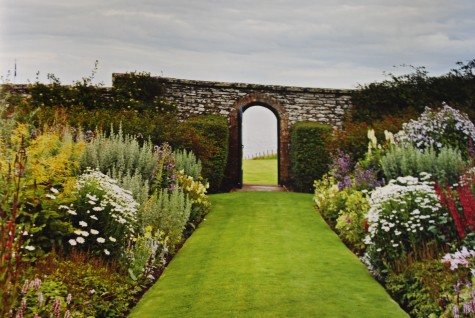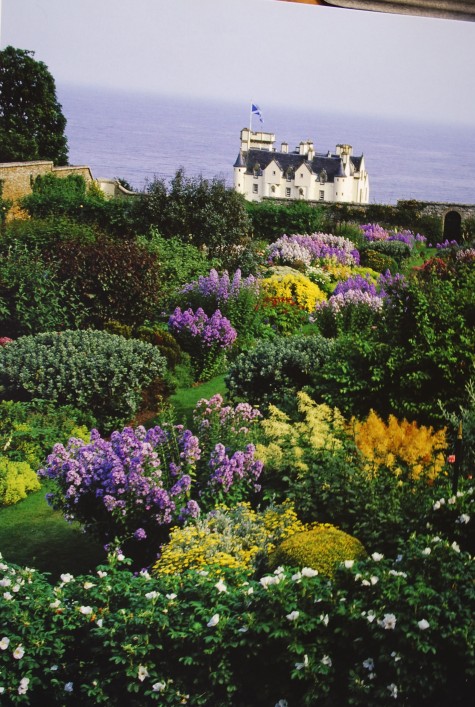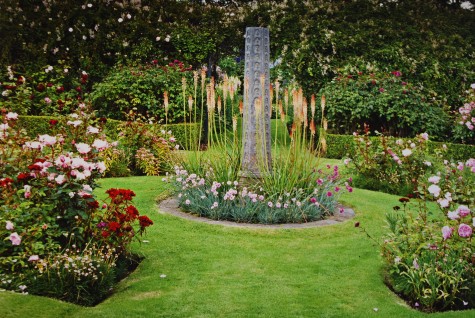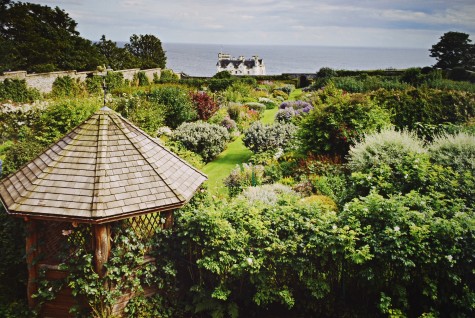I am not much for getting dressed up, but some occasions call for that. I oblige as best I can. Some great vintage costume jewelry, and a little lipstick can do wonders when I need to go out after work. Lipstick in the garden-the tulips take first prize. Their large, goblet shaped and brilliantly colored blooms dress up a spring garden like a new lipstick. Even the pastel colors glow. Who knows what the real science is, but here is my theory. The petals are very large, and thin. This makes them transluscent. Spring sun shines through the petals-they glow. This tulip? American Dream.
A truly beautiful photograph of a flower or a garden is so dependent on a circumstance of light that endows a flat surface with four edges with depth, and great color saturation. I understand nothing of the science of photography-I just take lots of pictures. But I do know my favorite experience of the tulips is not only their gorgeous shapes and juicy leaves and stems- that saturated, glowing color relieves my winter headache in an instant.
Glowing color is so welcome in my zone-after an interminable and invariably gray winter. Michigan is known for its long run of sunless days. By the time spring comes, I feel like I have lived my whole life in blah and white. No flower comes with packed with more vitamin D than the tulip.
Tulips come in no end of species and hybrids. Anna Pavord’s book on tulips-excellent and thorough. My classification of tulips-much more simple. There are those that are reliably perennial, and there are those that are half-heartedly perennial at best. The species tulips, the early tulips-most of them are quite perennial. They are modest in size, and exotic looking. Why would they not be? This species tulip-tulipa humilis hybrid is aptly named Persian Pearl. I am sure the name refers to its native habitat.
Tulips comprise a group of 109 species-native to Southern Europe, North Africa, Asia, Anatolia, and Iran. These are exotic places, given that I live in Michigan. They have that look-from another world. The very early species can be crushed by late frosts, but they are stubborn about coming back. Tulip Oratorio-a greigii tulip, is quite persistent and tolerates planting in a pot that winters in the garage quite well.
The later blooming hybrid tulips- heart stopping. I have had Temple of Beauty grow in excess of 40 inches tall. I have had Blushing Beauty flowers fully seven inches across. Some years for tulips are better than others-they like a long cool spring. They hate being frozen through and through. In very severely cold winters, if they are not planted deep enough, they freeze solid, and rot when the soil warms.
It is no wonder the long stemmed so called French tulips are a spring staple for florists. The flowers grow after they are cut, and age. Extraordinary, this. They are the devil to arrange-they have their own ideas about placement.
Tulips are a bloody nuisance-the brown orb shaped bulbs want to be planted in the fall after the soil cools. As committed a gardener as I am, I have an aversion to putting my hands in cold soil. Warm soil is one of the great pleasures of gardening. This is by way of saying it is fairly big work to have tulips to celebrate your spring. Not only do they ask for planting late in the year, they want you to wait many months before you can savor the fruits of your work. Do not be so discouraged that you do not plant any.
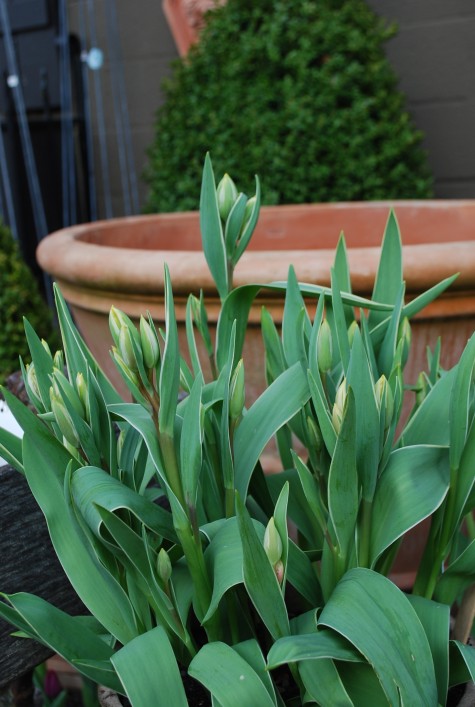 Even one giant blob of tulips will will lift your winter weary spirits. There are no end of tulips varieties and colors from which to choose from.
Even one giant blob of tulips will will lift your winter weary spirits. There are no end of tulips varieties and colors from which to choose from.
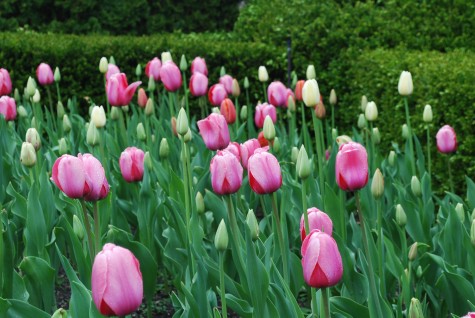
If you have no tulips coming on, stop by. I planted 2300 tulips in the front garden at the shop last fall. I am guessing they will begin to show color within a week, and be in full bloom shortly therafter. I have a client who went for the spring tour at Keukenhof-can you hear me sighing? My business precludes a spring trip anywhere except to the shop. That’s exactly why I plant my own version of Keukenhof. You are welcome to stop by to see this year’s shades of lipstick.

